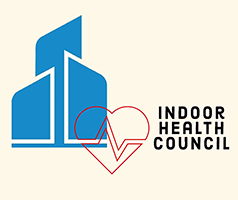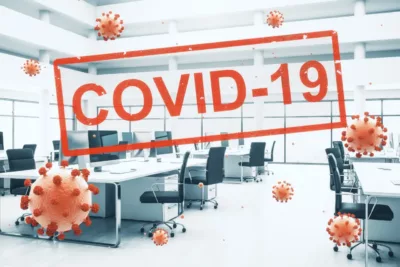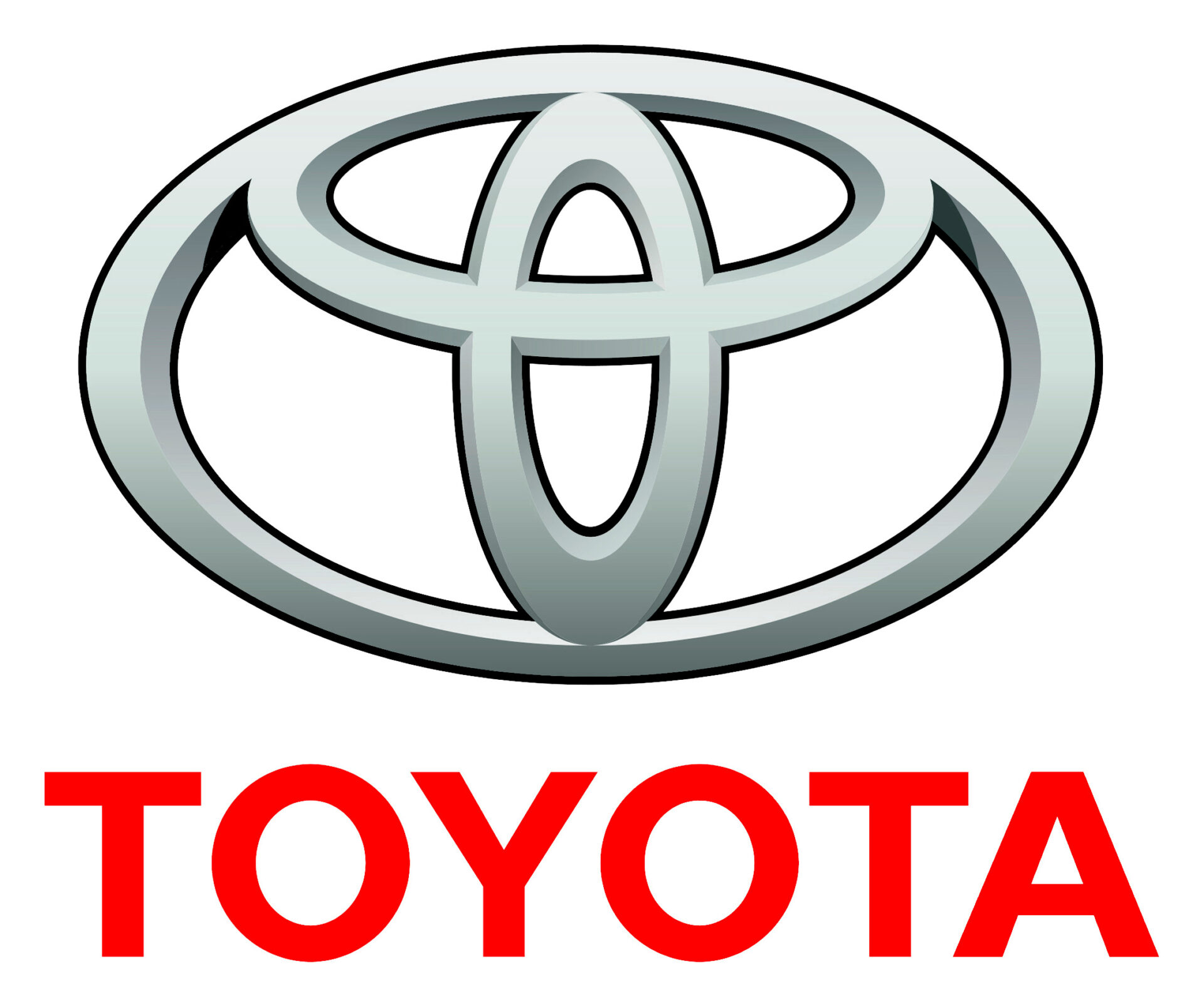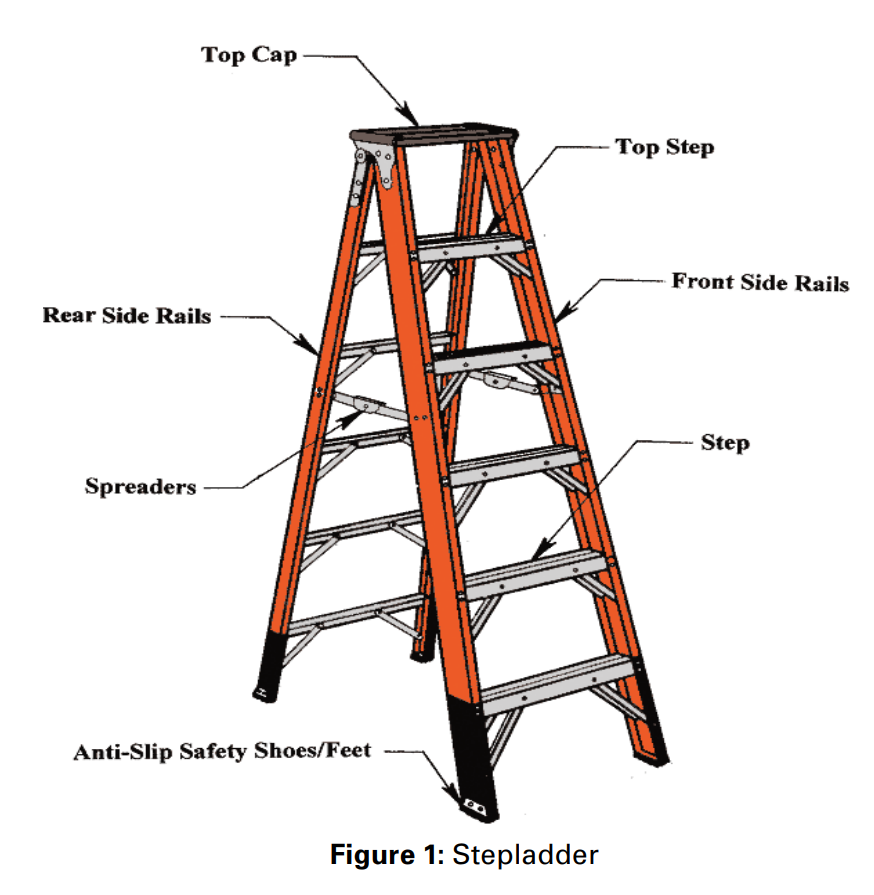Sanitation in a Post-COVID-19 World
Sanitation in a Post-COVID-19 (C19) World, or in any infectious-disease related future that awaits us, means transcending facility appearance or asset protection for loftier goals that protect health.
It also requires vision.
While sanitation once meant removing dirt you can see, science broadens that definition by helping us “see” the previously invisible: e.g., organic matter that may host infectious microbes, and airborne particles that may ferry germs and aggravate asthma.
Visual aids include handheld ATP Meters that measure adenosine triphosphate as a proxy for organic soil and bacteria on surfaces, and particle counters which measure airborne dust.
People clean facilities — as robots, self-sanitizing surfaces, and controlled environments are not mainstream — so, teaching janitors to see themselves as essential workers, while equipping and training them to be effective, elevates their role.
As noted by consultant Perry Shimanoff of MC2: “Custodians, like cleaning, are the first level of protection from pathogens, so they need training in the two-step process of cleaning and disinfecting — i.e., clean first, then disinfect.”
C19 has also revealed interesting truths:
1. While it’s mainly spread by airborne aerosols (CDC, 2022), surface hygiene needs more attention just-in-case and as a good proactive step in general; as many pathogens are spread by touch.
2. Localized ventilation is an important strategy to reduce the risk of exposure (Risk = Hazard x Exposure). Getting ventilation right also helps after hours when cleaning professionals enter those spaces, perhaps facing exposure to contaminated aerosols and cleaning chemicals. Tools such as energy recovery ventilators (ERVs) which exhaust stale air and draw in fresh while transferring heat and cooling energy between the airstreams can be helpful; although the proximacy and immediacy of exposure may be a key issue that ventilation alone cannot address.
We welcome input on this post.





